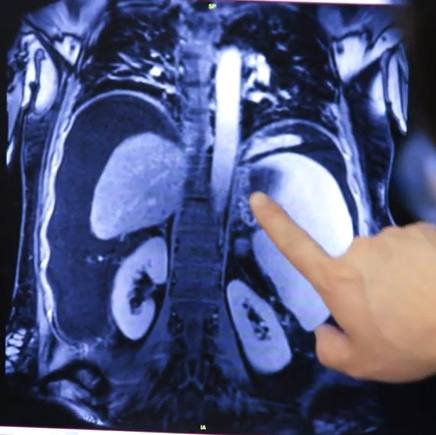-
Magnetic Resonance Elastography: Part Two
Every day, doctors use ultrasound, CT scans and MRIs to see inside the body without making an incision. Such tests show size and structure, but they don't show important physical properties such as tissue stiffness, which, for example, is a sign of fibrosis in the liver. But researchers at Mayo Clinic have developed technology that uses sound waves to see if a patient's liver is harder than it should be -- if it's developing fibrosis. It's called Magnetic Resonance Elastography (MRE), and it offers a non-invasive alternative to liver biopsy. In the second podcast on this topic, Jayant Talwalkar, M.D., a Mayo Clinic Gastroenterologist, talks about the potential uses of of MRE.
To listen to this podcast segment, click the link below:
Magnetic Resonance Elastrography2







